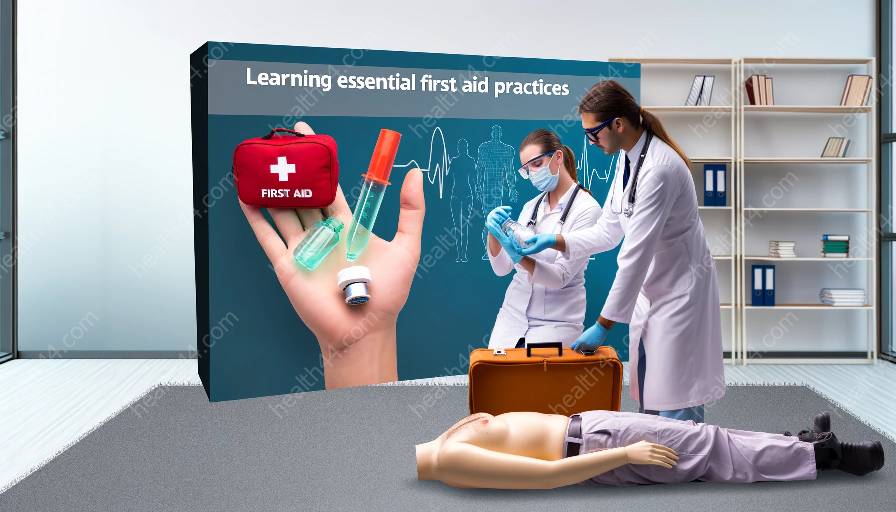Introduction to Seizures: Seizures are a common neurological condition characterized by sudden electrical disturbances in the brain. They can occur in people of all ages and may be caused by various factors such as epilepsy, febrile illness, head injury, or drug withdrawal. It is essential to understand how to diagnose and respond to seizures effectively, especially in the context of first aid, health education, and medical training.
Diagnosing Seizures:
Recognizing the Signs and Symptoms: Identifying the signs and symptoms of seizures is the first step in diagnosing the condition. Common manifestations include:
- Uncontrollable jerking movements
- Loss of consciousness
- Staring spells
- Confusion or disorientation
- Temporary cessation of breathing
- Foaming at the mouth
It's important to note that not all seizures present with convulsions, and some may manifest as subtle changes in behavior or awareness. Medical training should emphasize the diverse presentation of seizures to ensure accurate diagnosis.
History-Taking and Physical Examination: In a healthcare setting or during first aid response, obtaining a thorough medical history and conducting a comprehensive physical examination are crucial for diagnosing seizures. Enquiring about the individual's medical history, previous seizure episodes, family history of epilepsy, and potential triggers can provide valuable diagnostic insights.
Responding to Seizures:
First Aid Management: When encountering a person experiencing a seizure, it is important to stay calm and take the following steps:
- Ensure their safety by removing any nearby objects that may pose a threat during convulsions
- Place them in a safe position on their side to prevent aspiration and facilitate breathing
- Do not restrain their movements or insert anything into their mouth
- Time the duration of the seizure
- Offer reassurance and support until the seizure subsides
Post-Seizure Care: Following a seizure, individuals may require additional care and support. Health education programs should include information on post-seizure care, emphasizing the importance of:
- Monitoring vital signs and consciousness
- Providing a supportive and understanding environment
- Seeking medical evaluation if it's their first seizure or if complications arise
Educational Initiatives and Medical Training: Enhancing public awareness and understanding of seizures is paramount. Health education initiatives and medical training programs should focus on:
- Dispelling myths and misconceptions surrounding seizures
- Teaching seizure recognition and appropriate first aid responses
- Promoting inclusive and supportive communities for individuals living with seizures
- Training healthcare professionals in accurate diagnosis and evidence-based management
By disseminating accurate information and practical skills, these initiatives can significantly improve the quality of care for individuals affected by seizures.
Conclusion: Diagnosing and responding to seizures is a multifaceted endeavor that necessitates a thorough understanding of the condition, its varied presentations, and appropriate management strategies. For first aid responders, health educators, and medical professionals, comprehensive knowledge and effective training are essential for positively impacting the lives of individuals with seizures. By integrating this topic into the realms of first aid, health education, and medical training, we can collectively strive towards creating a more informed and supportive environment for those affected by seizures.



